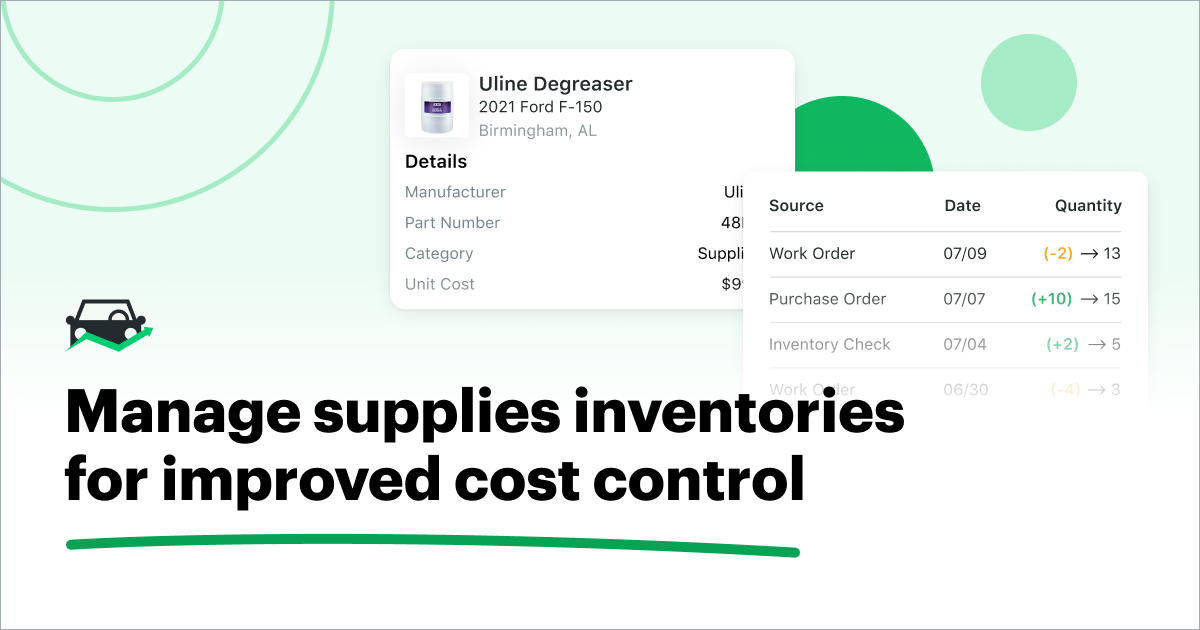Over the summer, the California Air Resources Board issued a rule that will ban the sale of new vehicles solely powered by gasoline in the state beginning in 2035. As the nation’s largest auto market, California has historically been a trendsetter with regards to vehicle emissions standards. Experts anticipate that other states will follow in the Golden State’s footsteps over the coming years.

But even with the support of most automobile manufactures, the transition from fossil fuels to electric vehicles (EVs) will be far from effortless or overnight. To that end, we’ll be going over how fleets can prepare for an electrified future in this blog post.
Stock up on parts and service equipment with EVs in mind
Thanks to having fewer moving parts, EVs generally require less routine maintenance than their internal combustion engine(ICE)-propelled counterparts. No need for lubricant makes oil changes completely unnecessary. Additionally, fewer belts, cylinders and head gaskets reduce the usual wear and tear that require replacing.
That being said, EVs aren’t superior to gas-powered vehicles in terms of maintenance needs in every regard. For example, due to their greater weight (stemming from larger batteries) and direct-drive mechanisms, EVs erode their tires noticeably faster than vehicles run off fossil fuels. What’s more, performing tire rotations and axle repairs on electric vehicles can be more time-consuming and labor intensive than with ICE-powered vehicles. It’s not uncommon for EVs to be incompatible with standard jacks. As a result, technicians are often forced to use workarounds to lift and secure EVs in order to conduct maintenance work.
To account for these differences in maintenance needs, fleets aiming to electrify should stock up on parts EVs tend to consume faster and invest in service equipment designed to accommodate EVs. With the help of parts and inventory management software, making these preparations becomes much easier.
Train your technicians on EV maintenance
As EVs steadily increase in popularity, mechanics will need to develop new skills to keep the fleets they support operating at their best. By investing in their technicians’ education through EV-specific training courses, organizations can prepare themselves for an electrified future. While not yet ubiquitous, such courses are steadily growing in popularity, making them more accessible to organizations everywhere.
Additionally, by implementing fleet maintenance software, fleets can further empower their technicians. By alleviating much of the administrative side of logging service work, these solutions allow mechanics to spend more time wrenching.
Future-proof your fleet processes with fleet management software.
Start your demoAdjust your inspection practices to suit EVs
Finally, to account for some of the unique properties of EVs, fleets should consider developing specific pre- and post-trip inspection procedures for their EVs.
For example, the distance an EV can travel on a single charge can be reduced sharply by particularly cold weather. To reduce the likelihood of this affecting operations, drivers should record the range estimate provided by the EV before hitting the road. In addition to ensuring drivers don’t end up stranded, this practice also provides fleets with valuable information they can use to optimize their routing during winter months.
Furthermore, EV batteries naturally degrade over time, reducing their range from a full charge. Logging range estimates enables fleet managers to easily view the condition of their EV’s batteries, allowing them to easily determine when a replacement battery is required.
Fleet management systems make it easy for fleets to add custom inspection items to their DVIRs and for drivers to record their findings. A number of Fleetio customers already use our platform to manage fleets of electric vehicles.
As more states adopt stricter vehicle emissions standards, EVs adoption rates are sure to increase over the coming years. By planning ahead, fleets can ensure that when the time comes for them to go electric, they’ll be fully prepared.
To learn more about what Fleetio’s fleet management solutions can do for electrified fleets, reach out for a demo or start a free trial today.




